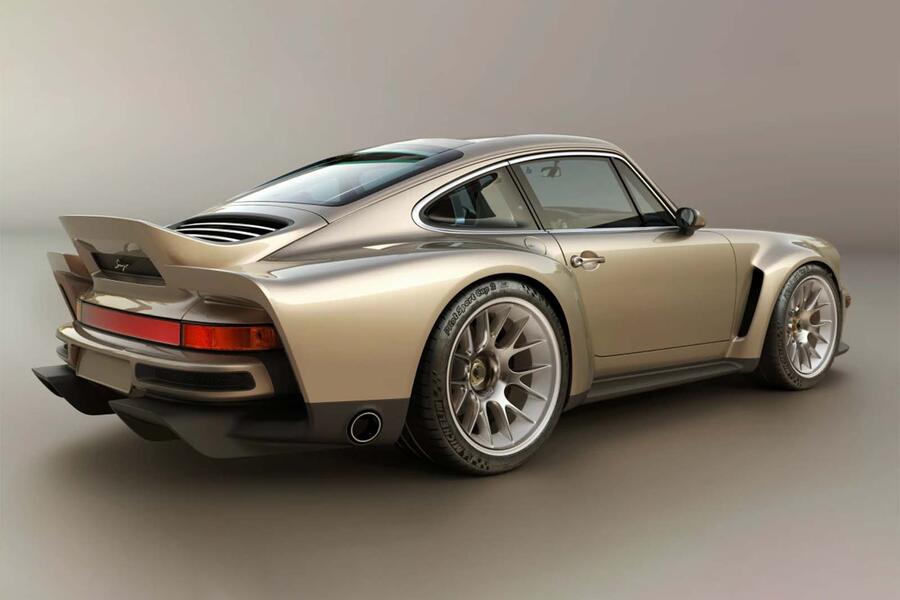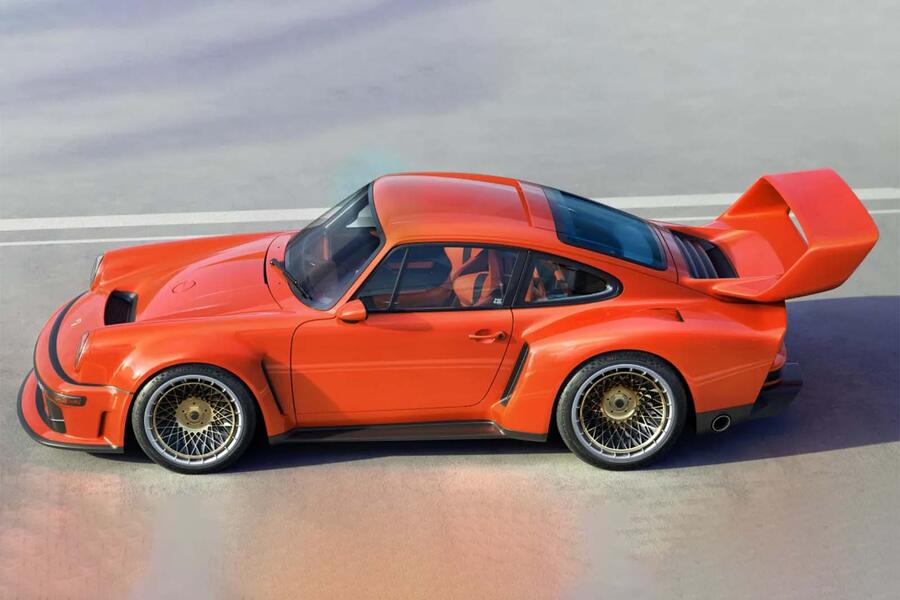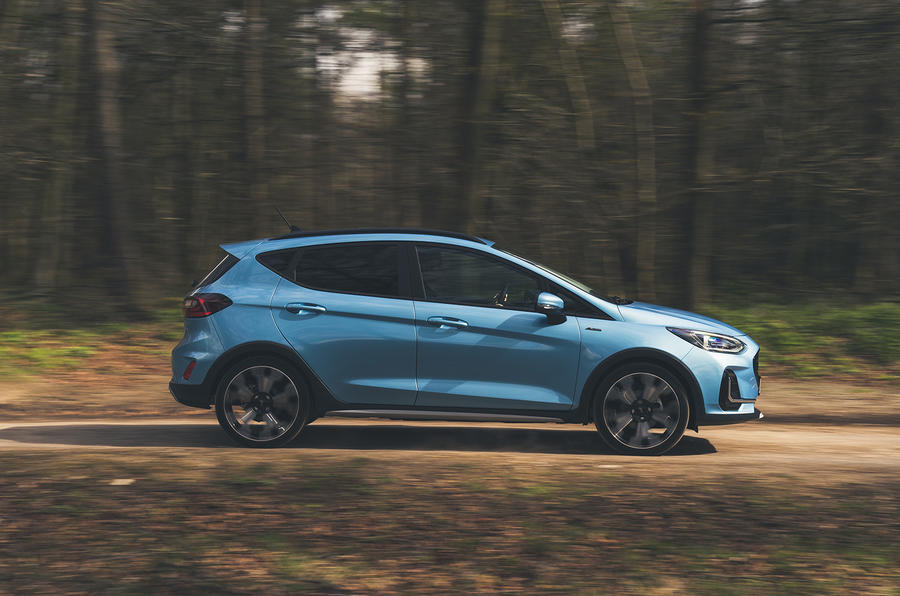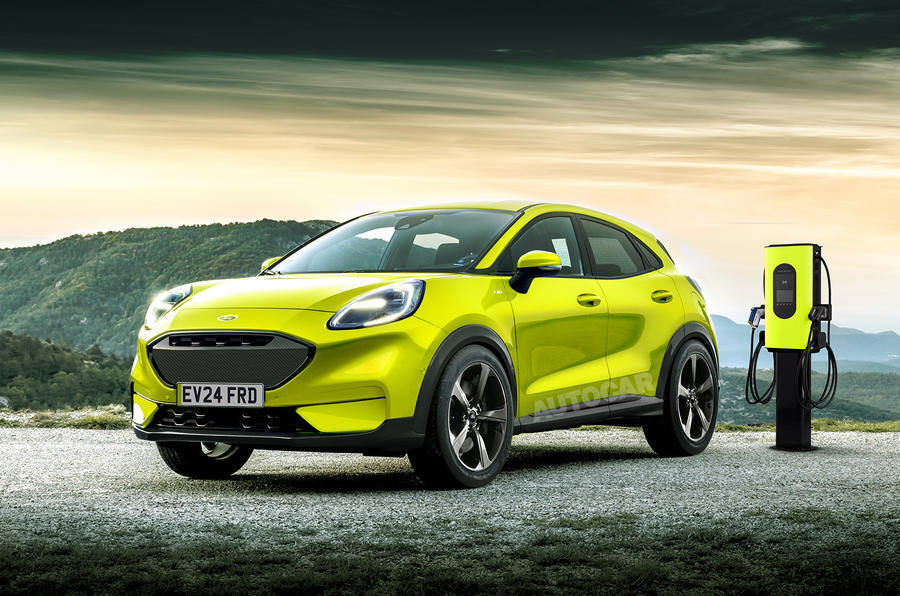Pirelli has unveiled the P Zero Trofeo RS, the latest iteration of its high-performance semi-slick tire. This tire was specifically developed at the request of Pagani Automobili for its Utopia model and is expected to be offered as original equipment for sports cars and supercars.
The P Zero Trofeo RS is a technical advancement of the P Zero Trofeo R, utilizing improved materials for the tread compound. Pirelli claims that it belongs to a new generation of semi-slick tires that deliver superior performance and consistency on dry surfaces. It offers longer-lasting grip for increased speed and safety during track sessions. Additionally, as an OE tire, it provides adequate safety on asphalt, even in slightly wet conditions.
Pirelli utilized new technology and expertise gained from its involvement in top-level motorsports to meet the requirements of auto manufacturers like Pagani. As a result, the P Zero Trofeo RS features a multi-compound tread, allowing customization to match the characteristics of different vehicles. This ensures that the tire complements the car’s specific tread pattern compounds from Pirelli’s Prestige catalog.
An additional innovation employed by Pirelli is Virtual Geometry Development. This approach enabled Pirelli engineers to evaluate numerous profiles and footprints through virtual modeling. Coupled with the multi-compound tread, it maximized the precision of the P Zero Trofeo RS and improved responsiveness to driver inputs.
Extensive application of Virtual Geometry Development was carried out for the Pagani Utopia prior to on-track testing of the first prototype vehicles. This development focused on optimizing the contact patch for ultimate grip and control. Compared to the originally requested P Zero Corsa tires, the P Zero Trofeo RS enhances the Utopia’s performance in extreme driving conditions while also improving ease and predictability on the road without compromising the driver’s experience.
Aside from the Pagani Utopia, the new P Zero Trofeo RS tires are also available as original equipment on the Ford Mustang Dark Horse. Pirelli plans to offer them as a future aftermarket option for various high-performance vehicles, including those produced by Ferrari, Maserati, and Lamborghini.













